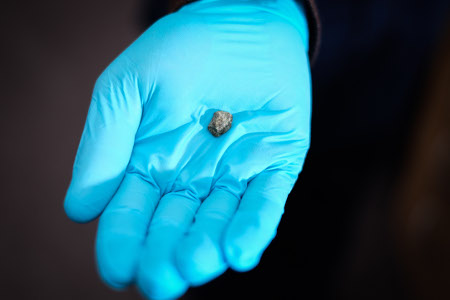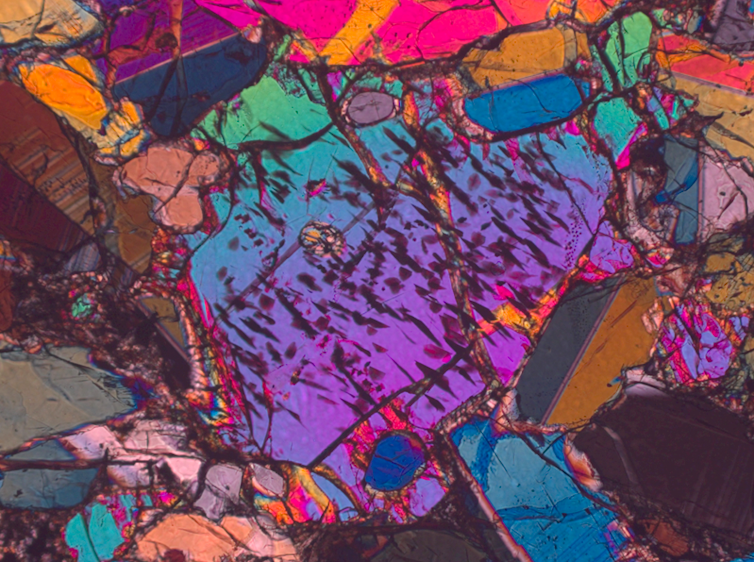University of Glasgow - University news - New research uncovers 90 million years of history of Martian volcano
https://www.gla.ac.uk/news/headline_551973_en.html
Analysis of Martian meteorites has uncovered 90 million years’ worth of new information about one of the red planet’s volcanoes –
and helped pinpoint which volcano the meteorites came from.
Geologists based in the UK and the USA have used advanced mass spectrometry techniques to learn more about the origins of six meteorites
known as ‘nakhlites’ – pieces of Martian terrain which were blasted from the face of the red planet by an impact event 11 million years ago,
then drifted through space before landing on Earth.
Nakhlite meteorites are the second most common type of Martian meteorites. Three of the meteorites were found in Antarctica, one in the USA,
one in northwestern Africa, and one in Egypt.
Their findings, which show that the Martian volcano erupted at least four times over the course of 90 million years, appear in a new paper
in the journal Nature Communications, published today (Wednesday 4 October).
 Monster volcanoes on Mars: how space rocks are helping us solve their mysteries
https://theconversation.com/...es-on-mars-how-space-rocks-are-helping-us-solve-their-mysteries-85045
Monster volcanoes on Mars: how space rocks are helping us solve their mysteries
https://theconversation.com/...es-on-mars-how-space-rocks-are-helping-us-solve-their-mysteries-85045
Spacecraft have sent back stunning images and data about these volcanoes over the years, yielding an amazing amount of knowledge. We have
learned a lot from the impact craters made by asteroids, for example, since older areas on the planet have more craters than younger areas.
From this, scientists have concluded that the volcanoes on Mars began erupting well over 3.5 billion years ago, roughly comparable to how
far back eruptions go on Earth. The most recent Martian eruptions are perhaps a few tens of millions of years old. No active volcanoes have
been discovered; at least not yet.
